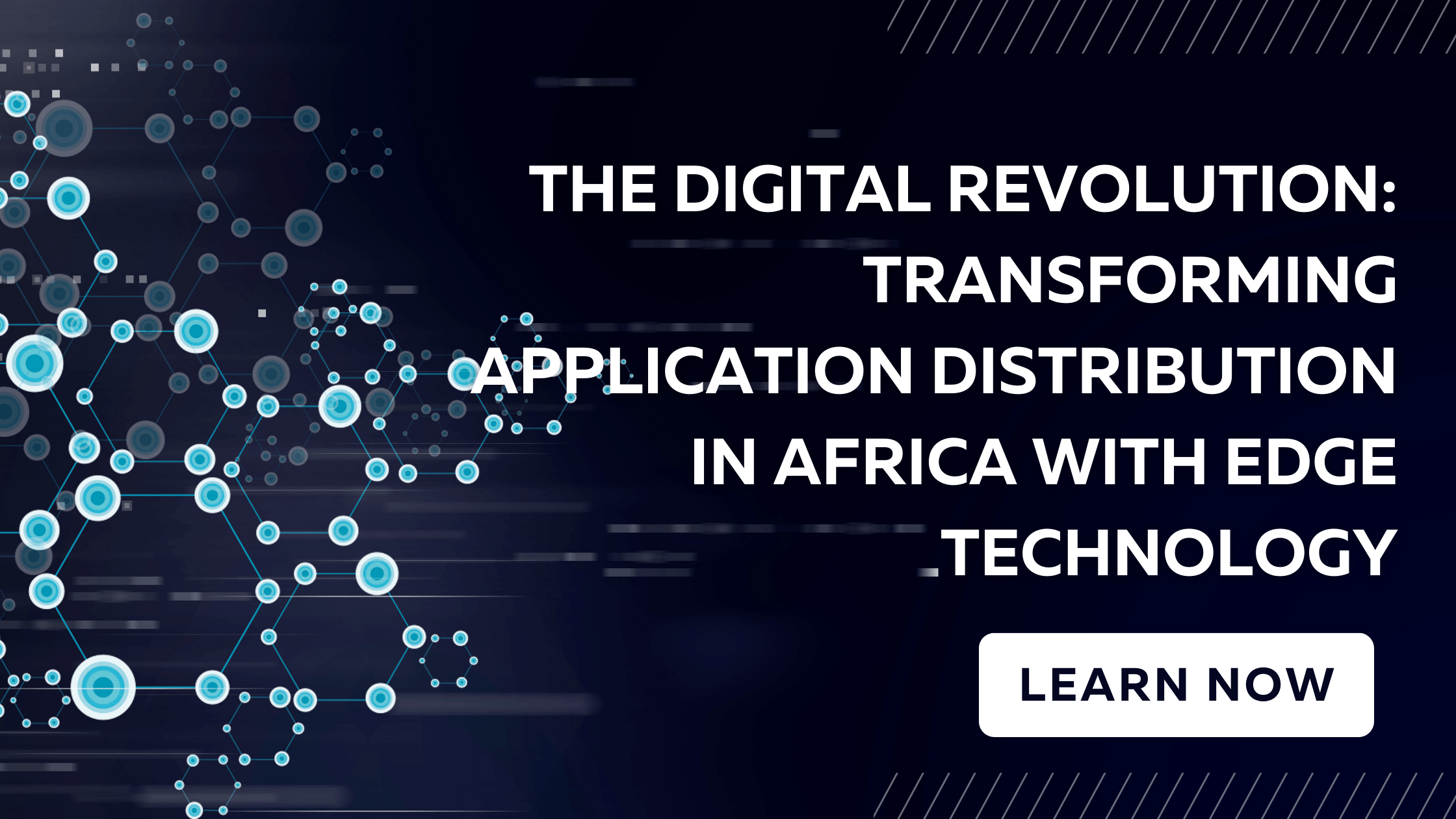
Unlocking Digital Access in Africa: Transforming Application Distribution with Edge Technology.

Introduction:
Africa’s digital landscape holds immense potential for economic growth, education, and innovation. However, the region faces significant challenges when it comes to app distribution and access. To address this issue, a paradigm shift is needed in the form of edge technology. By leveraging edge infrastructure, governments and stakeholders can revolutionize the way applications are distributed, ultimately bridging the digital divide and ensuring affordable access to digital services. This article delves into the transformative power of edge technology in Africa, specifically focusing on its potential to enhance application distribution and provide equitable digital access for all.
The Need for Edge Technology in Application Distribution:
Africa’s current application distribution model is hindered by centralized data centers, which not only have negative environmental impacts but also fail to address the high costs associated with digital access. Moreover, the limited reach of traditional infrastructure leaves significant gaps in connectivity, particularly in remote and underserved areas. To overcome these challenges, a new architectural approach is required, and edge technology emerges as a game-changing solution.
Empowering Last-Mile Connectivity:
Edge technology, with its decentralized and distributed nature, brings computing resources closer to end-users, enabling faster and more efficient data processing. By establishing edge nodes or micro data centers in strategic locations across Africa, governments can extend internet infrastructure to the last mile. This approach eliminates the need for data to travel long distances to centralized data centers, reducing latency and improving user experience.
Closing the App Download Gap:
In Africa, app downloads remain significantly low, hindering the growth of digital services and limiting access to educational and entertainment applications. Edge technology can transform this landscape by providing a cost-effective and efficient distribution network. By leveraging edge nodes, applications can be cached and delivered locally, reducing bandwidth requirements and making downloads faster and more accessible. This approach not only encourages higher app adoption but also enables the delivery of localized content tailored to specific regions and communities.
Enabling Small and Medium-Sized Enterprises (SMEs):
In addition to enhancing user access, edge technology offers significant benefits to small and medium-sized enterprises (SMEs) in Africa. By providing low-cost storage and computing infrastructure, edge nodes empower SMEs to leverage cloud-based applications and services without the need for substantial investments in data centers. This democratizes access to technology, allowing businesses to scale, innovate, and compete in the digital economy. Check out our Open-source project on DISTRIBUTED APP STORE.
Conclusion:
Edge technology presents a transformative opportunity for Africa to overcome the challenges of application distribution and digital access. By extending internet infrastructure through edge nodes, governments can bridge the digital divide, empower last-mile connectivity, and foster app adoption. Moreover, this approach provides affordable storage and computing solutions for businesses, enabling SMEs to thrive in the digital era. As Africa embraces edge technology, the continent can unlock its full potential, creating a more inclusive and connected digital ecosystem for all.

